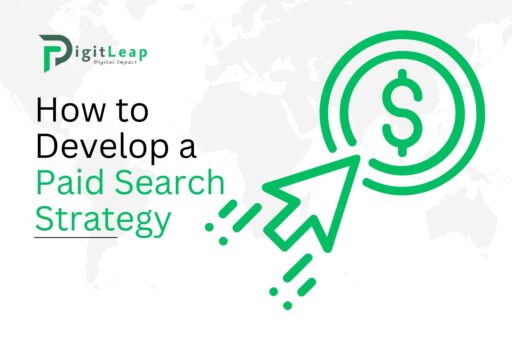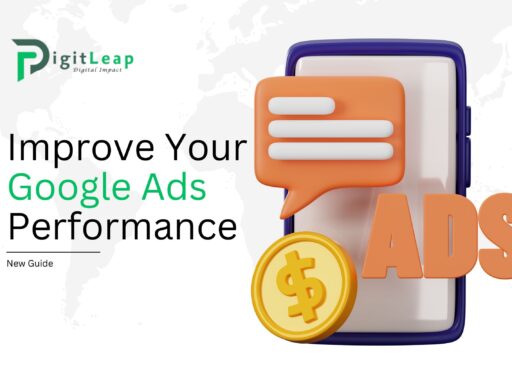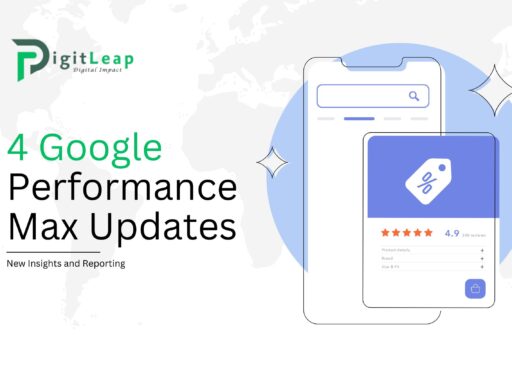How to Develop a Paid Search Strategy
If you’re looking to grow your business online, developing a strong paid search strategy is crucial. Paid search, also known as pay-per-click (PPC) advertising, is one of the fastest and most efficient ways to drive traffic to your website, generate leads, and increase sales. However, diving into paid search without a solid plan can lead to wasted money and missed opportunities. So, how do you develop an effective paid search strategy? Let’s break it down step by step in simple terms.
What Paid Search Is
First, let’s clarify what paid search means. Paid search ads are the sponsored results that appear at the top or bottom of search engine results pages (SERPs), usually marked as “Ad.” You bid on keywords related to your business, and when users search for those keywords, your ad may appear. You only pay when someone clicks on your ad, which is why it’s often called pay-per-click advertising.
Paid search gives you the chance to be in front of potential customers who are actively looking for products or services like yours. But for it to work, you need a thoughtful approach.
Know Your Audience
Before you create any ads, it’s important to understand who your audience is. Who are your customers? What are they searching for? The more you know about your target audience, the better you can tailor your paid search strategy to meet their needs.
Consider factors like:
- Demographics (age, gender, location)
- Interests (hobbies, online behaviors)
- Pain points (what problems are they trying to solve?)
The better you know your audience, the more effective your ads will be. This helps you choose the right keywords, craft compelling ad copy, and even set up your targeting options.
Set Clear Goals
One of the first steps in developing a paid search strategy is to set clear goals. What do you want to achieve with your ads? Is it to increase website traffic, generate leads, or boost sales? Your goals will shape everything from how you structure your campaign to how you measure success.
For example:
- If your goal is to increase brand awareness, you might focus on getting more impressions (views of your ad).
- If your goal is to get conversions (sales, sign-ups, etc.), you’ll want to prioritize optimizing your ad for clicks and ensuring that your landing page is set up to convert visitors.
Having a clear goal helps you track progress and make necessary adjustments to your strategy along the way.
Choose the Right Keywords
Keywords are the foundation of any paid search strategy. These are the words or phrases that potential customers type into search engines. You want to bid on keywords that are relevant to your business and have a good chance of leading to conversions.
Start by brainstorming a list of keywords that are relevant to your products or services. Then, use keyword research tools (like Google Keyword Planner or SEMrush) to see how often people search for those terms and how competitive they are. High-competition keywords are usually more expensive, so finding a balance between relevance, search volume, and cost is key.
It’s also a good idea to use both short-tail and long-tail keywords:
- Short-tail keywords are broad and general, like “running shoes.”
- Long-tail keywords are more specific, like “affordable running shoes for beginners.”
Long-tail keywords tend to have lower search volumes, but they can be less competitive and more targeted, meaning they’re often better for conversions.
Craft Compelling Ad Copy
Once you have your keywords, it’s time to create your ads. Your ad copy needs to be engaging, concise, and persuasive. It should make people want to click on your ad and learn more about what you offer. Here are a few tips for writing great ad copy:
- Include the keyword in your ad: This helps your ad match the user’s search query, making it more relevant.
- Highlight a unique selling proposition (USP): Why should someone choose your product or service over a competitor’s? Make it clear in your ad.
- Add a call-to-action (CTA): Encourage users to take the next step, like “Shop Now,” “Learn More,” or “Get a Free Quote.”
Remember, space is limited in paid search ads, so make every word count. Be clear, direct, and focused on what the customer will gain by clicking.
Set a Budget and Bids
Managing your budget is one of the most important parts of your paid search strategy. You’ll need to set a daily or monthly budget, which is the amount of money you’re willing to spend on your ads. You’ll also set your bids, which determine how much you’re willing to pay for each click on your ad.
Your bidding strategy depends on your goals. For example:
- If your goal is to get more traffic, you might choose a cost-per-click (CPC) bidding strategy, where you pay each time someone clicks on your ad.
- If your goal is brand awareness, you could opt for a cost-per-impression (CPM) model, where you pay for every thousand views of your ad.
The key is to monitor your spending and adjust your bids as needed to make sure you’re getting the best return on investment (ROI).
Optimize Your Landing Pages
Getting people to click on your ad is only half the battle. Once they land on your website, you want to make sure they take the desired action, whether that’s making a purchase, filling out a form, or signing up for a newsletter. That’s why optimizing your landing pages is so important.
Here’s what makes a great landing page:
- Relevant content: The page should directly relate to the ad that brought the user there. If your ad promotes a specific product, don’t send people to your homepage—send them to the product page.
- Clear call-to-action: Make it easy for visitors to know what to do next. The CTA should stand out and be simple, like “Buy Now” or “Get Started.”
- Mobile-friendly design: Many users will be clicking on your ad from a mobile device, so your landing page needs to look good and function well on all screen sizes.
A well-optimized landing page increases the likelihood of conversions, making your paid search ads more cost-effective.
Track Performance and Adjust
Once your paid search campaign is up and running, it’s important to track its performance. Use tools like Google Ads and Google Analytics to monitor key metrics, such as:
- Click-through rate (CTR): The percentage of people who click on your ad after seeing it.
- Conversion rate: The percentage of people who take the desired action after clicking on your ad.
- Cost-per-click (CPC): How much you’re paying for each click on your ad.
- Return on ad spend (ROAS): How much revenue you’re generating for every dollar spent on advertising.
By regularly analyzing these metrics, you can make data-driven decisions to improve your campaign. For example, if a certain keyword isn’t performing well, you might lower your bid or replace it with a different keyword. Or, if your ad copy isn’t getting clicks, you could try testing different headlines or CTAs.
Conclusion
Developing a successful paid search strategy takes time, planning, and continuous optimization. By understanding your audience, setting clear goals, choosing the right keywords, writing compelling ads, managing your budget, optimizing landing pages, and tracking performance, you can create a paid search campaign that drives real results for your business.
For companies looking to navigate the world of paid search more effectively, DigitLeap can provide expert guidance and support. We help businesses of all sizes craft winning paid search strategies that maximize their return on investment. Get in touch with us today to learn how we can help your business grow through smart, data-driven advertising.





